 Shift by pixabay.com
Shift by pixabay.com This year’s shift is different. Very different.
I’m not going to be teaching this year. This is the first year in 4 years that I am not a part of a classroom, a school, or a school district. This year, I’m taking a personal leave from teaching to pursue the remainder of my Masters degree full time. And I will be living between San Mateo, California and Langley, British Columbia while I complete it.
Yes, I will still be learning, but I will be learning in different ways. This shift is profusely more personal than any other one I’ve done before. I get to make a major investment in my personal life while also creating space to complete my education. I get to experience living in a different place and plant my feet firmly in my singular role of “student” instead of juggling the professional roles of “teacher”, “coach”, and “student”, and beyond.
 AHHHH! by Tia Denise on Flickr.
AHHHH! by Tia Denise on Flickr. Anxious, panicked Victoria took over (rather forcefully) and my mind wandered into overdrive: What am I doing? I’m not going to have any of my own students this year! What if I lose touch because I’m not in the classroom? Should I still even be in the classroom when I go back? What role am I supposed to play in education? Is it teaching? Coaching? Administration? Something that doesn’t even exist in my district? Ahhh!!!
As you can see, I wasn’t exactly dealing with things well.
The challenge for me this week was to answer at least some of those questions by fighting back at them with logic!
(Note: Logic doesn’t always come naturally when one is internally panicking at an edcamp.)
- I’m taking this year off to be a student. One role. Full stop. No distractions.
- Yes, no students. See logic point #1.
- If I lose touch, I’m choosing to lose touch. I need to keep reading blog posts, connecting with educators, and attending conferences and professional development events. Losing touch is a choice.
- Stay in the classroom…? Uhhhh… shoot.
This last question is very poignant to me. I have the space this year to figure out what role I wish to play in education moving forward. This isn’t as simple as writing pros and cons lists; this is figuring out my calling and understanding the path I need to navigate to get there, whatever that may be. There is happiness in knowing I could create larger changes in the educational sphere, but sadness in the fact that those roles are often farther away from kids.
The truth is, I’m not sure how this is all going to turn out. What I do know is that I have the space and time to focus on these questions, support present all around me, and room for new adventures as I live between my two homes over the next year. I’m learning to appreciate the hope, the wonder, and the excitement that the coming year has to offer.
This shift is different. And I’m choosing to make the most of it.

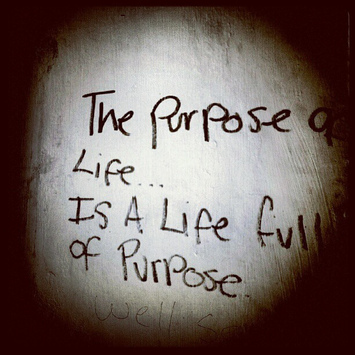

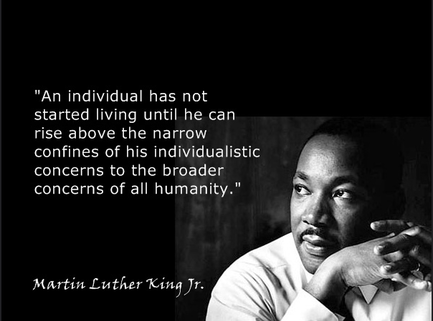
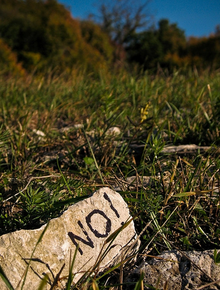

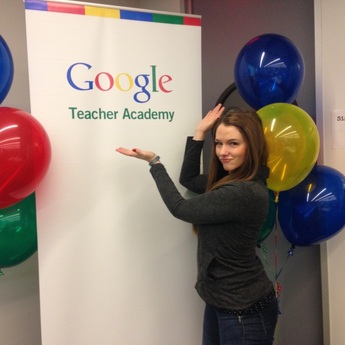
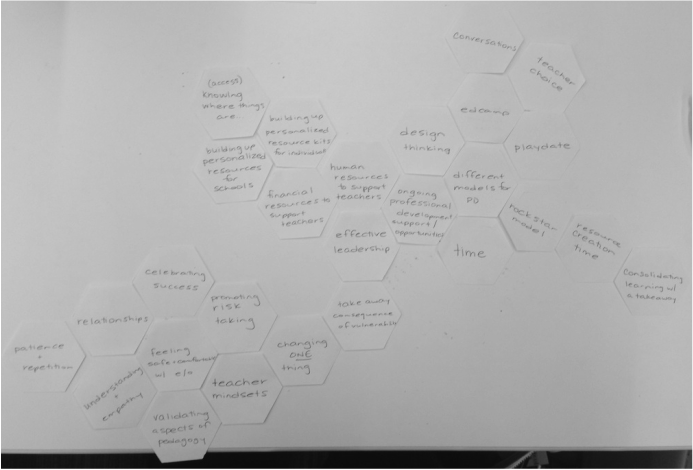
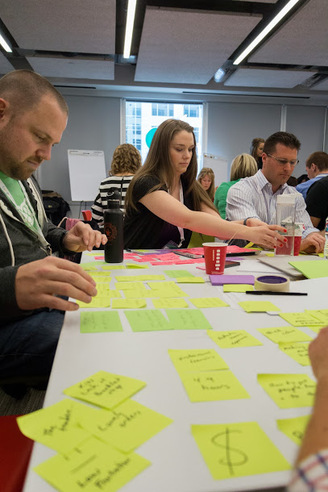
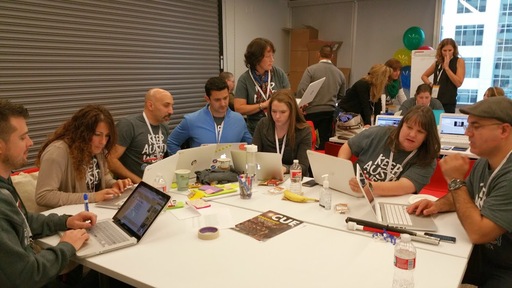
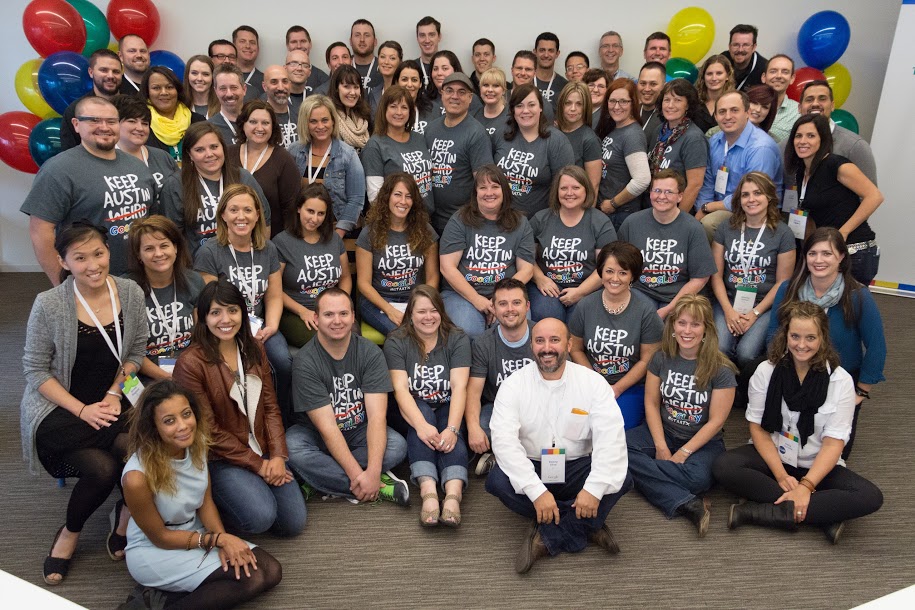

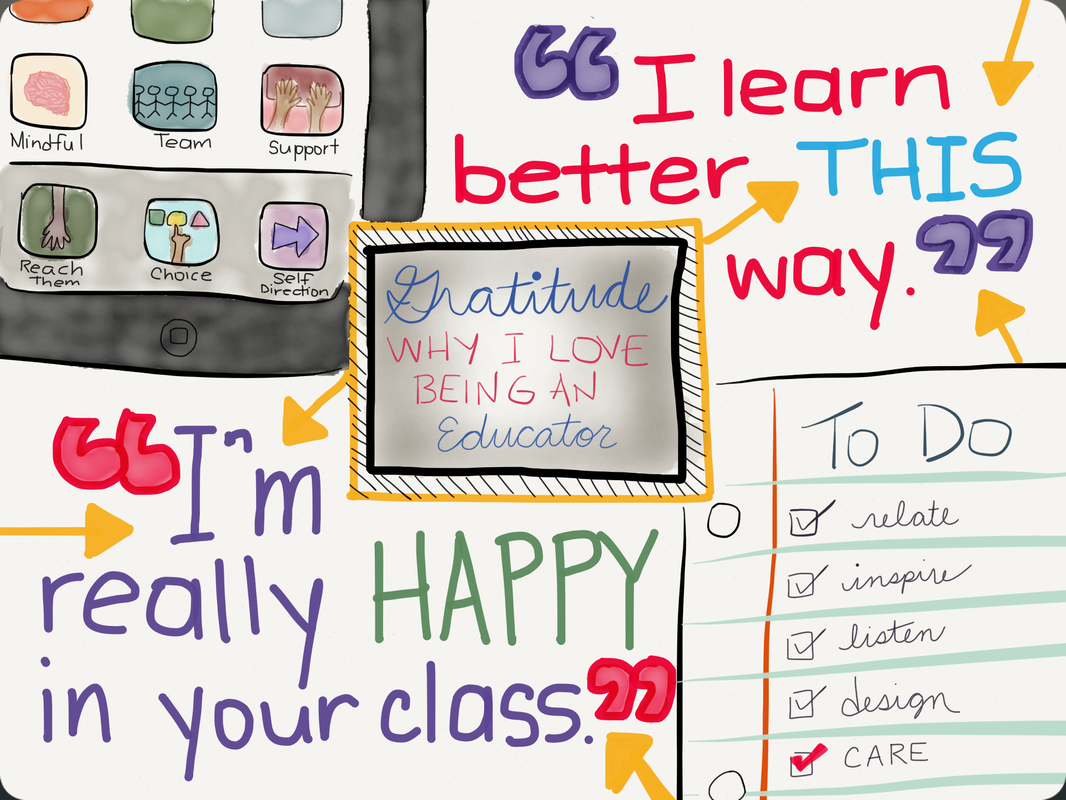





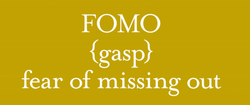




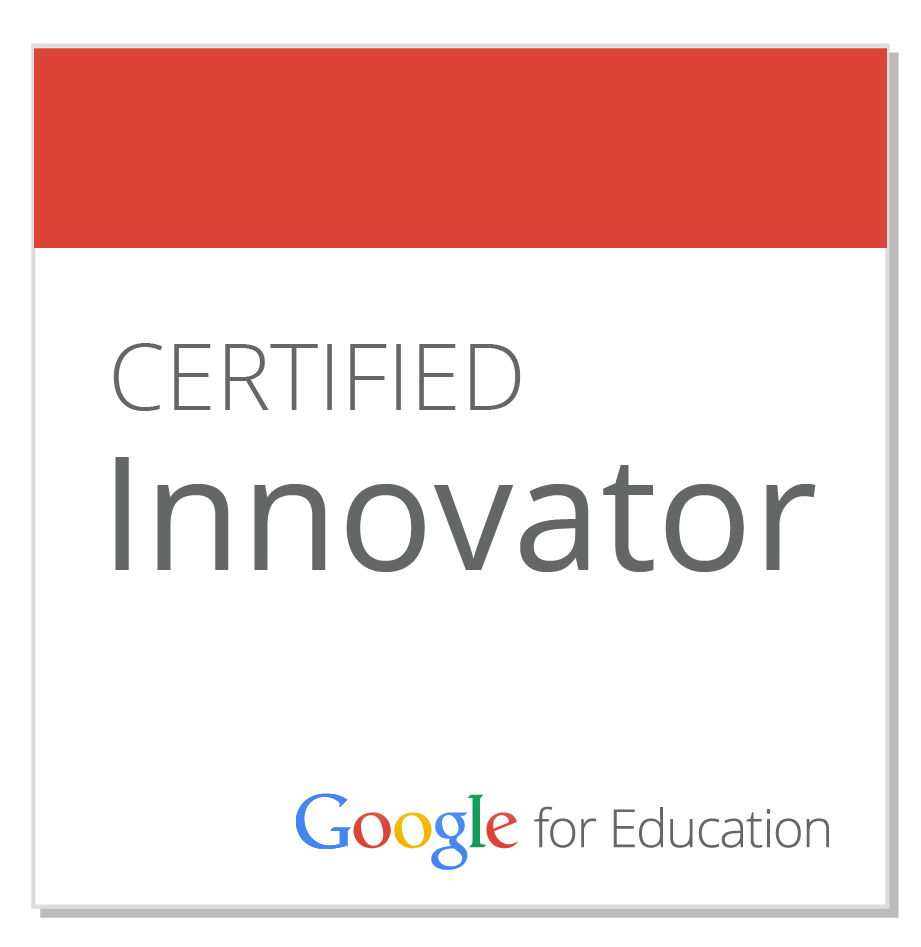
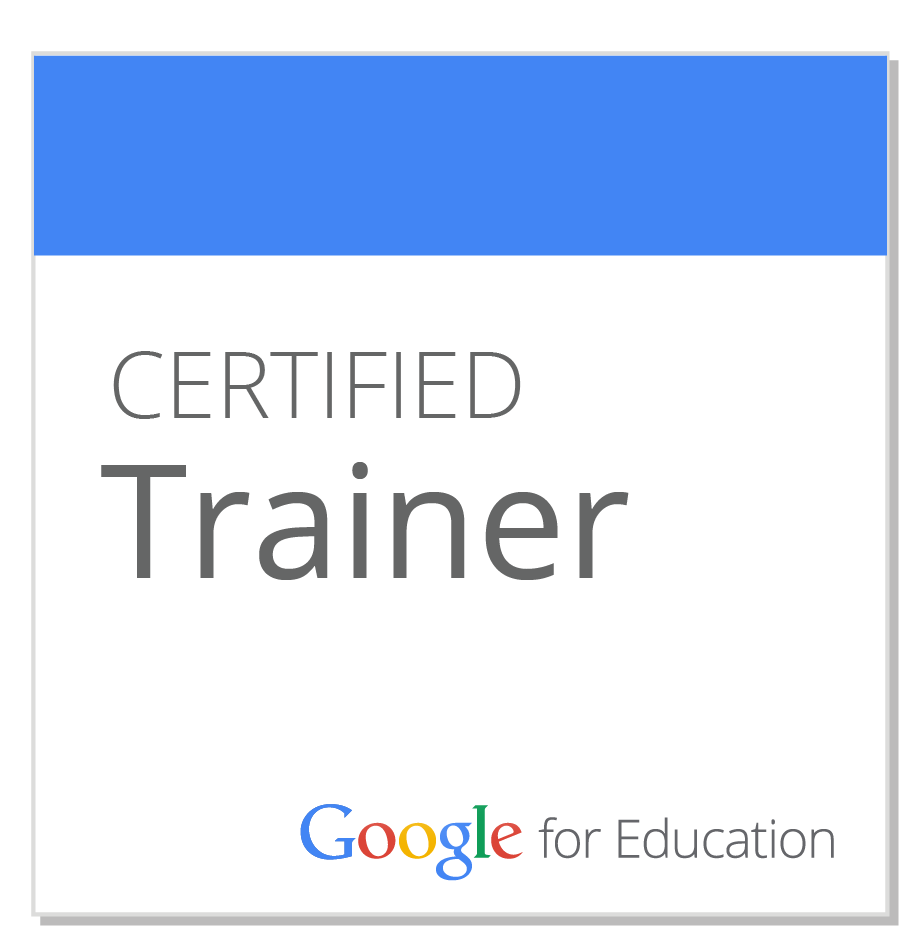
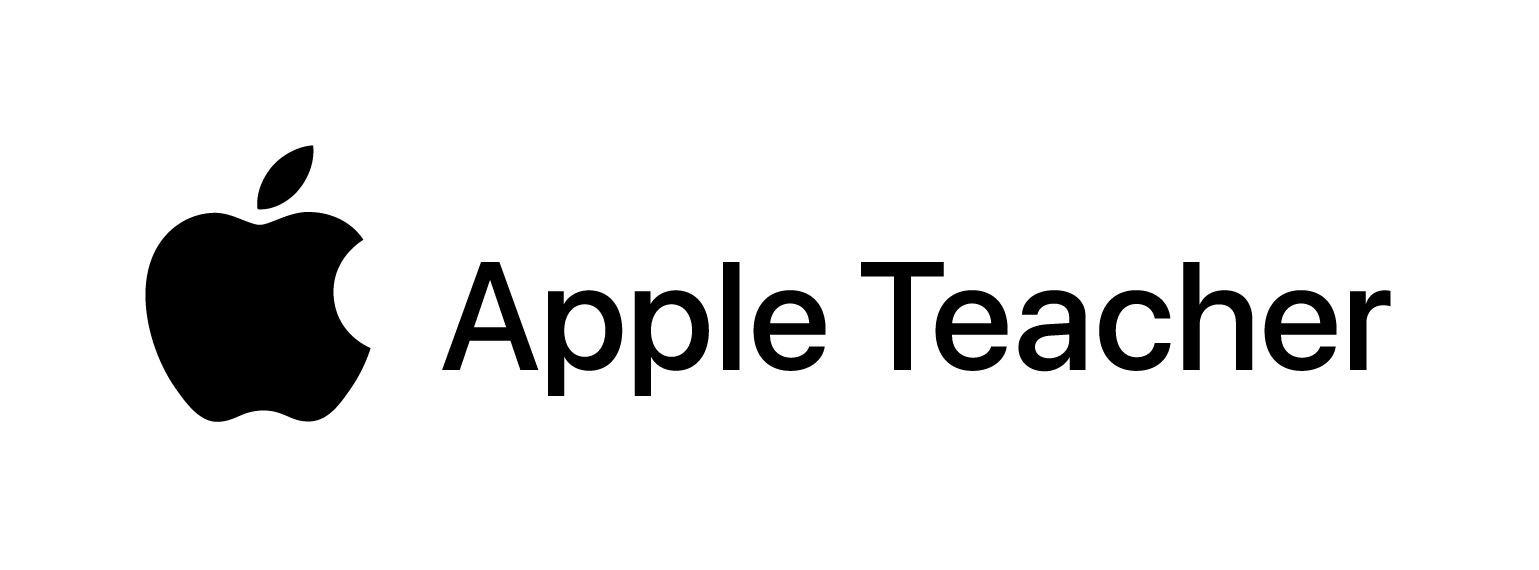
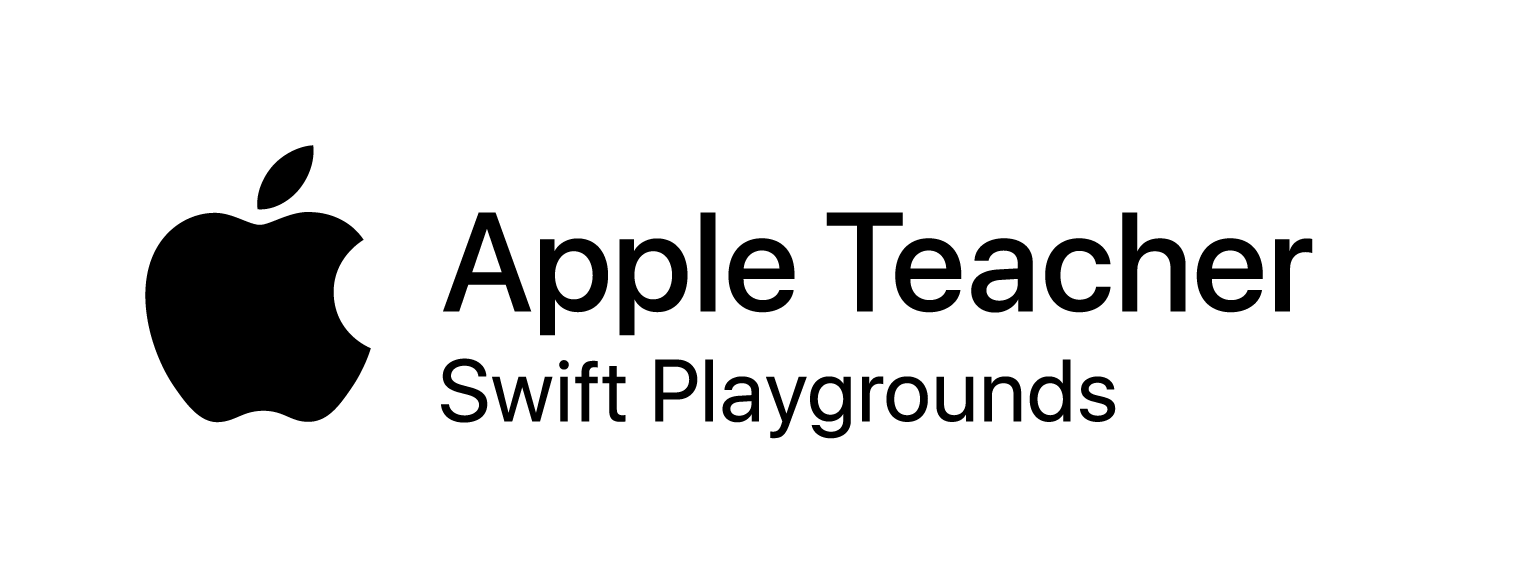

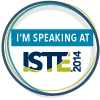
 RSS Feed
RSS Feed
